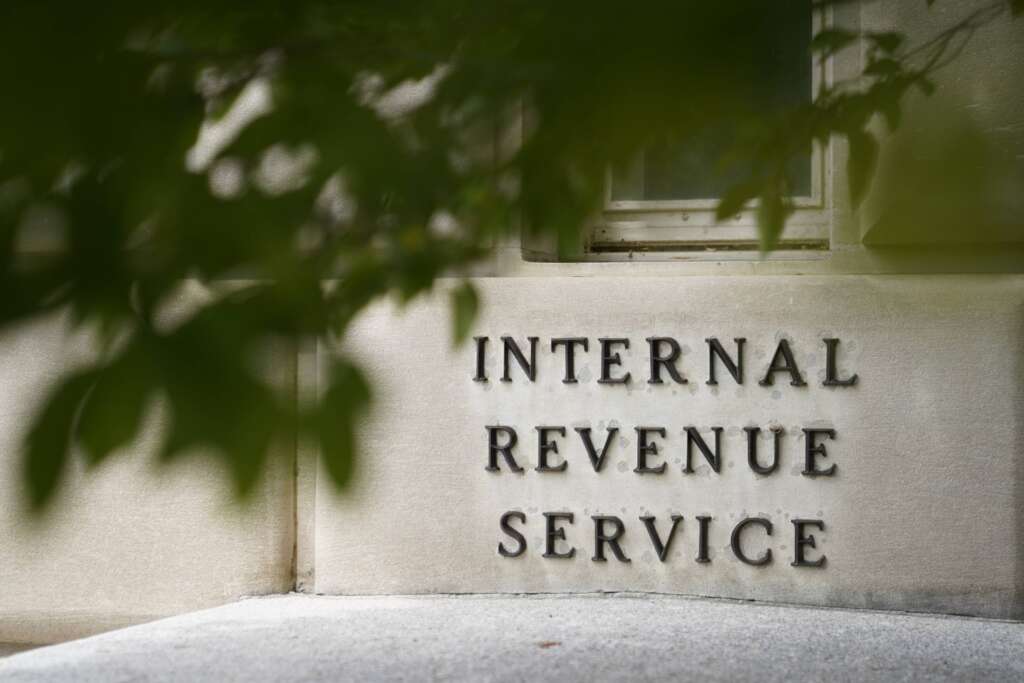Ari Ashe, wtop.com
WASHINGTON – The Purple Line, a proposed light-rail line to connect New Carrollton and Bethesda in Maryland, has long been promoted as a way to ease congestion on the Capital Beltway and offer another commuting option between Montgomery and Prince George’s counties.
The final word on the 16-mile transit line could come this year.
“It is make-or-break time for the Purple Line and we are going to do everything in our power to get this project off of the paper and onto the rails,” says Prince George’s County Executive Rushern Baker.
John B. Townsend II, AAA Mid-Atlantic’s manager of public and government affairs, agrees. But he stressed the need for a budget for the project.
“To kiss it goodbye would be short-sighted, but you need to have funding to pay for it,” he says.
The coming year is crucial for the Purple Line – which the Maryland Department of Transportation estimates will cost $2.15 billion – because it needs funding from the Federal Transit Administration in order to be built. The FTA this year will be giving out grants of up to $900 million for transit projects.
In order to qualify and be seriously considered for the federal grant money, the state must be able to demonstrate that it can fund at least 40 to 50 percent of the project.
But acquiring the grant money from the FTA is only one aspect of securing funding for the project. The state also needs to shore up its Transportation Trust Fund, which provides money for MDOT and the state’s transportation needs.
“There will be no Purple Line unless the Transportation Trust Fund is brought out of the hole it’s in, replenished and guaranteed,” says Gus Bauman, who chaired a Maryland Blue Ribbon Commission on Transportation Funding. “Without that, the federal government will not send money our way for these transit lines. That money will go other cities.”
In 2011, Bauman recommended Maryland raise the gas tax, which has been at 23.5 cents since 1992. He also recommends raising the sales tax, Motor Vehicle Administration fees and fares and tolls across Maryland to generate about $800 million annually for the fund.
Without a solution, the Transportation Trust Fund could run out of money in the next few years.
Maryland also is in a commuter-related economic competition with Virginia, which recently opened Express Lanes on the Capital Beltway and will see construction completed on the first phase of Metro’s Silver Line extension this year.
In his 2012 Year in Review speech, Maryland Gov. Martin O’Malley mentioned that he wants to double transit users by 2020.
“The only way we’re actually going to be able to hit this goal is if we find the political will necessary to make the investments in the Red Line, the Purple Line and the other sorts of improvements,” O’Malley says.
According to Baker, the Purple Line would generate 7,000 construction jobs and 400 jobs to operate it afterwards.
The FTA in 2011 approved a two-year engineering study to determine the cost, the completion date and an environmental impact of the Purple Line. If approved, state officials hope construction on the project will begin in 2015 and service in 2020.
Follow @ariasheWTOP and @WTOP on Twitter.
(Copyright 2013 by WTOP. All Rights Reserved.)













